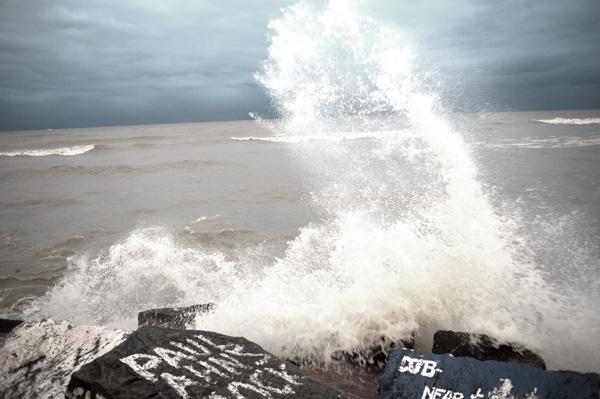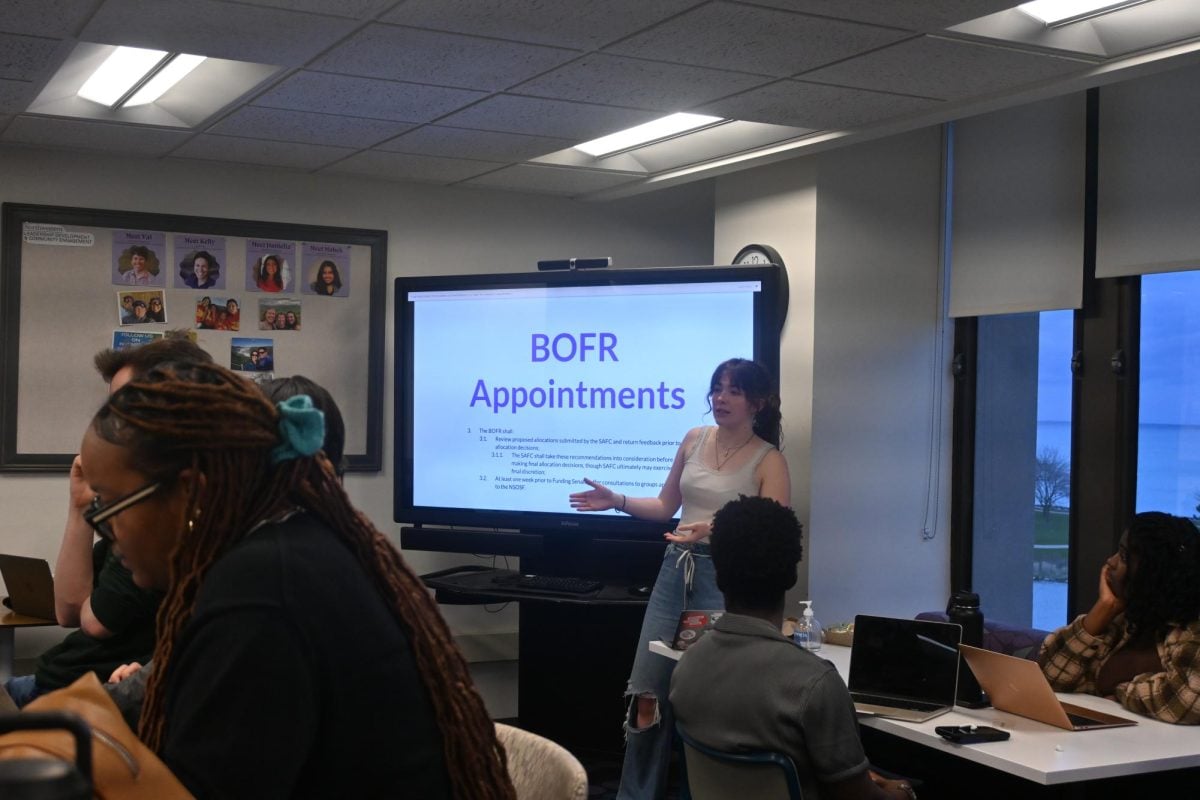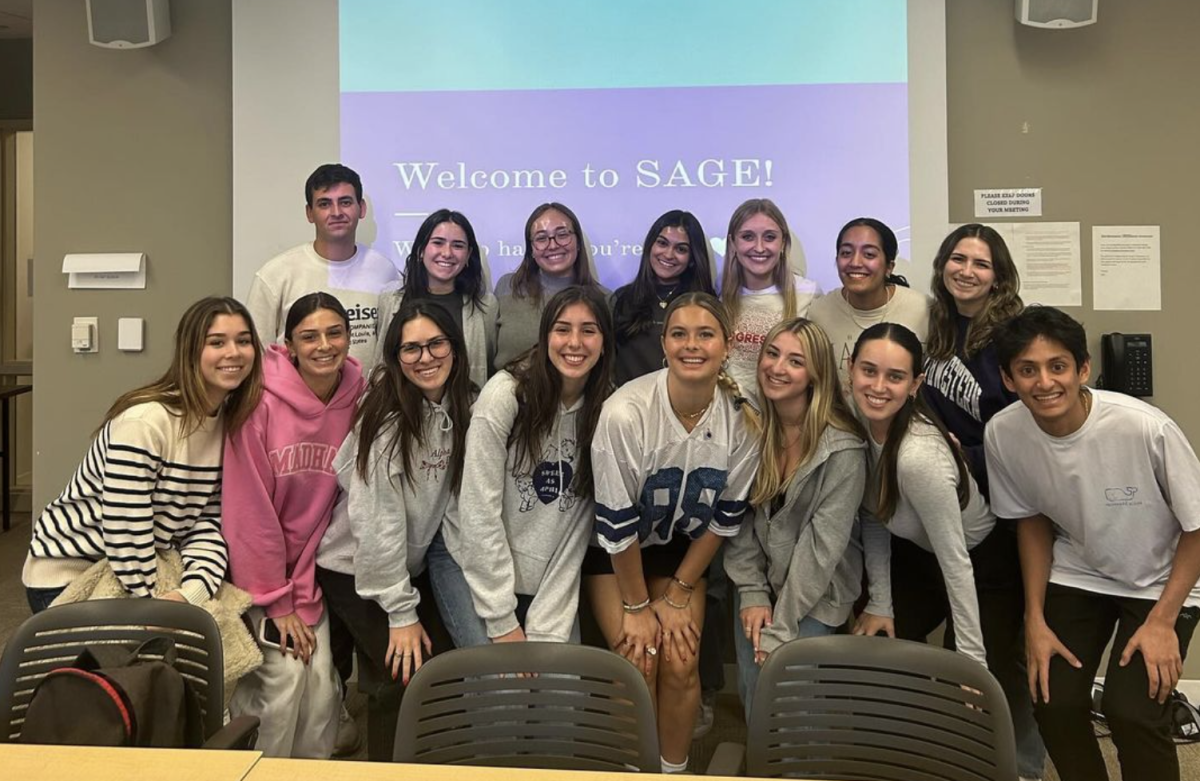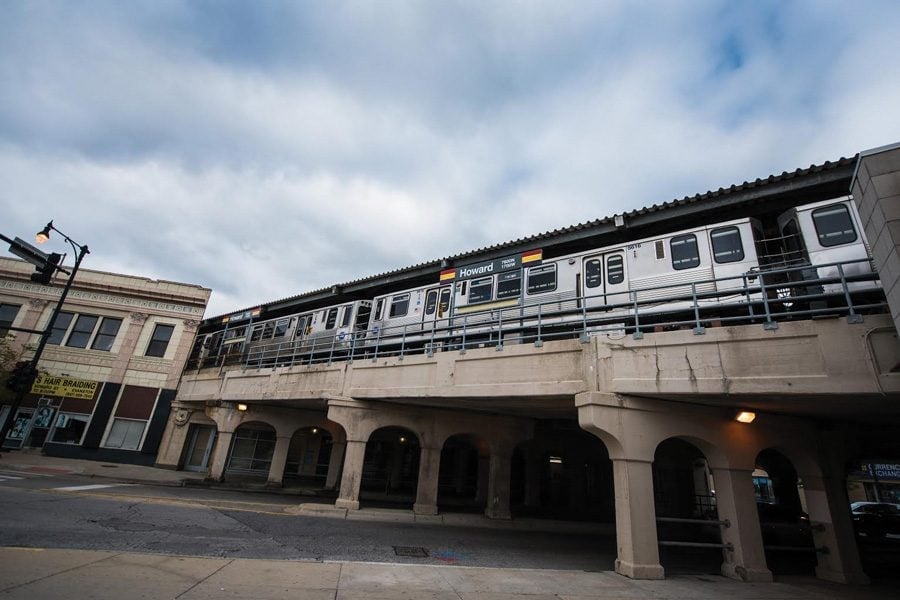After Sandy made landfall near Atlantic City, N.J., on Monday evening, students at Northwestern continue to feel the effects of the tropical superstorm.
Although it originally moved up the coast as a Category 1 hurricane, the storm hit a cold front and was downgraded Monday to a “post-tropical cyclone.”
The National Weather Service has issued multiple lakeshore flood warnings since Sunday, warning of “large battering waves,” reaching heights of about 20 to 25 feet due to high winds heading north on Lake Michigan.
The Weather Channel reports that the storm’s official downgrade does not lessen the potential damage.
Almost reaching the 23-foot record set last year, waves in the middle of the lake rose to 20 feet Tuesday, according to The Weather Channel, as a result of winds reaching speeds of 54 mph.
Hundreds of miles to the east, millions of people remain without power. Many NU students, especially those from the New York and New Jersey areas, have families dealing with Sandy directly.
Medill freshman Miranda Cawley, from West Islip, N.Y., said she finally heard about the damages to her house Tuesday.
She said her family lives in the first evacuation zone but her parents had decided to wait it out because they thought the situation may be similar to Hurricane Irene, which did not cause too much damage.
“But by last night the water had come inches from my front stoop,” Cawley said. “We live six feet above sea level. So my parents left to go to my grandmother’s house.”
She said she had received a text message from her mother at 5 a.m. EST on Tuesday, but couldn’t reach her family throughout the day after several repeated calls due to lack of power and spotty cell phone service.
“It was definitely kind of scary this morning,” Cawley said. “I never thought that their lives were in danger; I was just getting worried. It’s a really stressful situation. I was glad to hear from my dad this afternoon.”
She said she was told most of the bottom levels of her home were destroyed and completely flooded, including a garage, laundry room and music room that stores her sister’s instruments.
“We lost a shed entirely,” she said. “The back yard is completely under water.”
SESP junior Jamie Gebhardt, from Allendale, N.J., said although her home has not been badly damaged, her family is without power.
“I have been able to call them on their cell phone,” Gebhardt said. “But I don’t want to waste their battery since they may not have power for a few more days.”
She said she had been receiving text messages from friends checking up on her all day, because many other homes in the surrounding area had a lot more damage, including trees that went through houses.
Engineering Prof. Hani Mahmassani has developed a detailed evacuation plan for families like Cawley’s. He and his graduate students created a procedure for New York residents in the aftermath of the storm, according to an NU news release. They used information about traffic flow, weather hazards and transportation systems and data from their own research of New York traffic management to create the evacuation model.
The University has tried to accommodate prospective students from the East Coast by extending the deadline for Early Decision applications to Nov. 7, from the usual deadline of Nov. 1.
Christopher Watson, the dean of undergraduate admissions, said school closures and power outages as a result of the storm could affect application submissions for prospective students. He said the University would consider extending the deadline further for students who continue to be affected as Sandy spreads.
“Basically we don’t want people to stress out,” Watson said. “It’s a stressful enough process and we don’t want to add to it.”
Back in Illinois, the City of Evanston sent an email Monday to remind local residents of the weather advisories. The email explained that Evanston beaches have been closed for swimming and “residents walking on or near the lakefront are asked to heed the warning from the National Weather Service.” The dog beach has also been temporarily closed.














